Heartland’s “Six Reasons To Be A Climate-Change Skeptic” Are Six Demonstrable Falsehoods
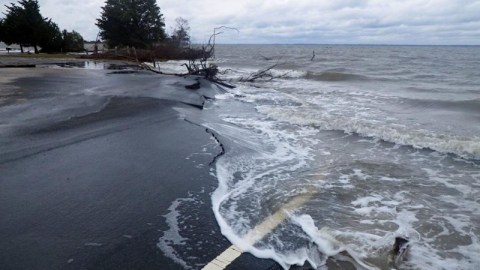
If you can’t look at the full suite of evidence and tell the full truth, you’re nothing but a deliberate misleader. At best.
“Climate change does not respect border; it does not respect who you are — rich and poor, small and big. Therefore, this is what we call ‘global challenges,’ which require global solidarity.” –Ban Ki-moon
It’s no secret that the opinions of working climate scientists and that of the general public differ tremendously when it comes to the question of global warming. Is the Earth warming? Are humans the primary cause of that warming? Is that warming bad for the planet? And is there anything we can (or need to) do about it? On all four counts, climate scientists overwhelmingly conclude that the answer is yes, but many people across the world disagree. A few are climate scientists, but many more are influential politicians, thought leaders, industry executives or news makers. Earlier this week, Justin Haskins (the Executive Editor of the Heartland Institute) wrote a piece enumerating the six biggest reasons he’s a climate-change skeptic. But are any of these reasons scientifically valid? Let’s take a look at the science behind all six of them and see.
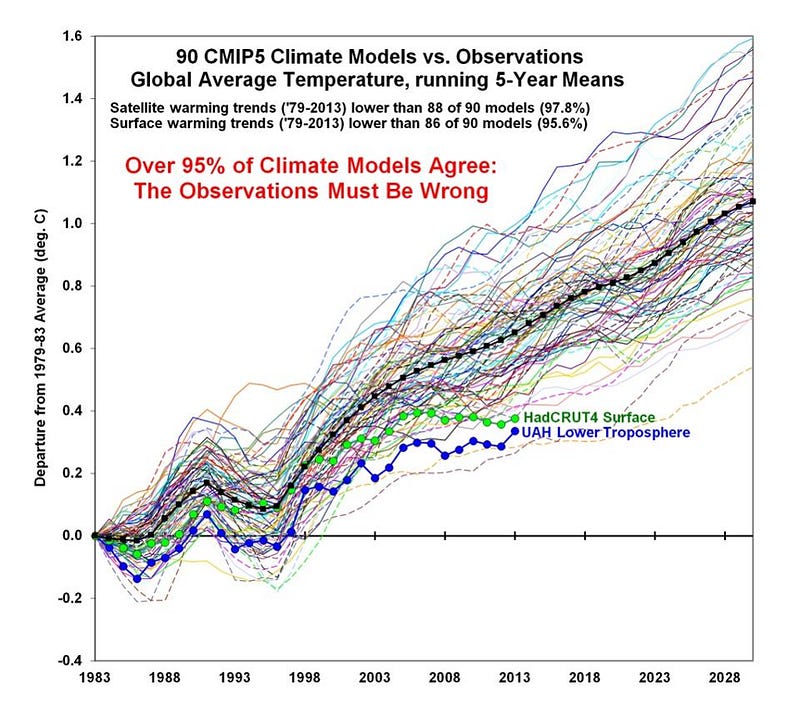
1. Climate scientists have been terrible at predicting temperatures. This is a claim that’s often made by climate skeptics: that predictions about the near-term future have been bad, so we shouldn’t trust predictions about the longer-term future. But is that true? Have predictions historically been bad? The evidence they cite is from Dr. Roy Spencer, who showed in 2013 that 95% of climate models over predict the temperature rises due to greenhouse gases. The chart showing that is above. Unfortunately, that chart itself is based on falsely calibrated data.
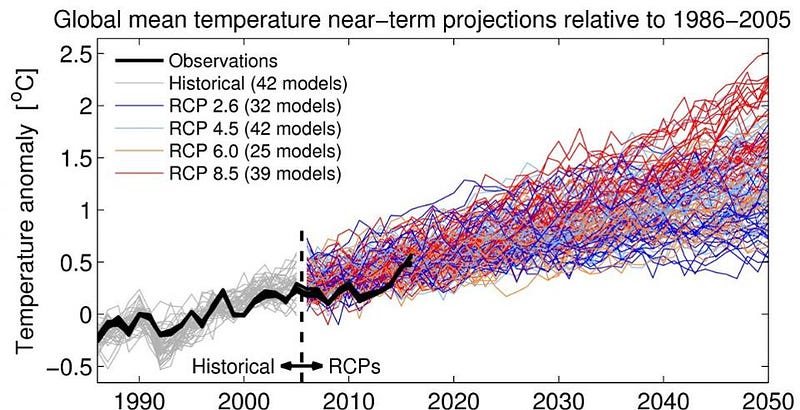
In 2014, the truth came out: Spencer’s UAH team had made a huge mistake in the calibration of their data. Instead of negligible upper-atmosphere warming, they found that the upper atmosphere had been warming at +0.14 degrees per decade, double the 1880–2014 rate of 0.07 degrees per decade. The other major satellite data set, RSS, also found a calibration error, meaning the Earth warmed 140% faster since 1998 than previous conclusions indicated. At the same time, the ground-based data from NOAA, NASA, the Hadley center and BEST all displayed agreement with one another. Once the 2014, 2015 and 2016 data are also included, the above graph shows the scientific truth: the models are very much in line with what we observe. Climate scientists, using current science, are successful in predicting temperatures.
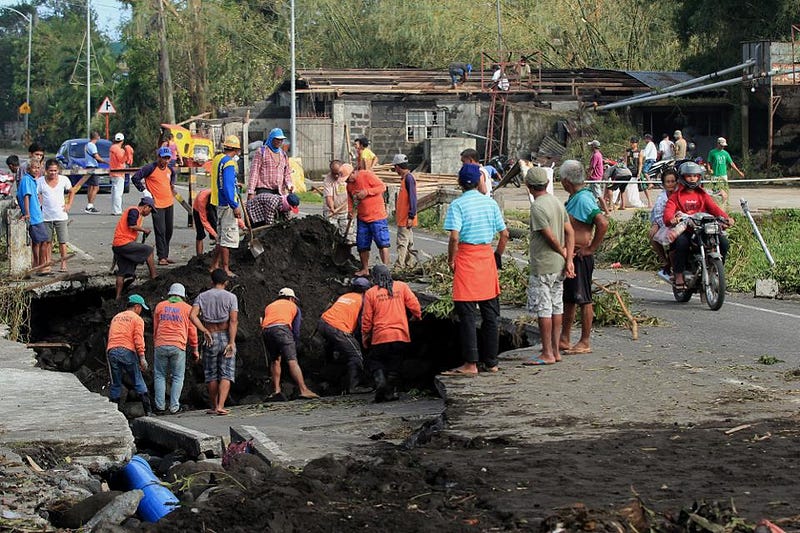
2. Predictions of increased extreme weather events and accelerated sea-level rise have failed to come true. The claim is that climate scientists predict greater numbers of extreme weather events of greater intensity and that sea level rise ought to increase. According to Sterling Burnett (also of Heartland), the models predict more intense hurricanes, but fewer hurricanes have made landfall in the United States, even as temperatures rose. Additionally, he claimed, sea level was slow, gradual and constant over the past century.
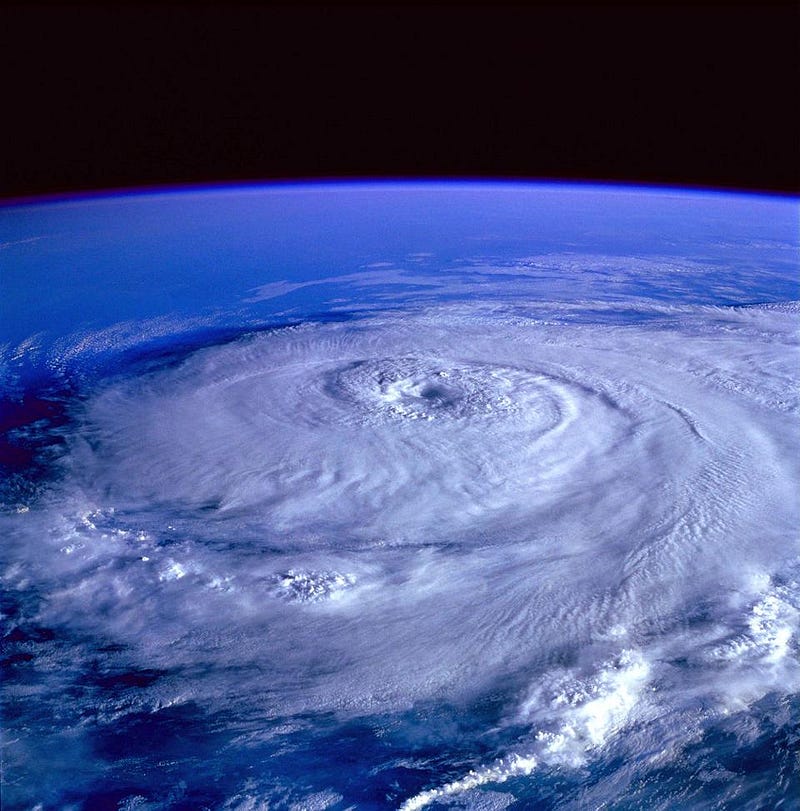
But this is not what the data shows. For hurricanes, they are, globally, more intense than they used to be, but fewer in number as a result. In particular, according to a 2015 study:
From 1984 to 2012, wind speeds in tropical cyclones have increased by 3 mph. During that same time period, they discovered there were 6.1 fewer storms than they would expect if ocean and land temperatures have not increased.
This is consistent with what we’re seeing; there is no over prediction. In addition, sea level rise is both increasing and accelerating, at rates unseen in over 2,000 years. Over the past 100 years, sea levels have risen by more than 5 inches, and the rate of sea level rise has accelerated to be approximately double the 20th century average during the past 24 years. In other words, predictions of extreme weather and sea level rise are right on the money.
3. There are unexplained pauses and cooling periods, that models cannot account for. In particular, Heartland points to cooling periods from the 1940s to the 1970s, and the controversial recent “hiatus” in global warming from the late 1990s until just a few years ago. Therefore, their reasoning goes, natural variability is more important that human influences. But what’s not true is that the models cannot account for what we’ve seen. In fact, when we take the atmosphere and the oceans into account, both of these periods are explained completely, and in fact require natural variability plus the human influence of greenhouse gases to explain.
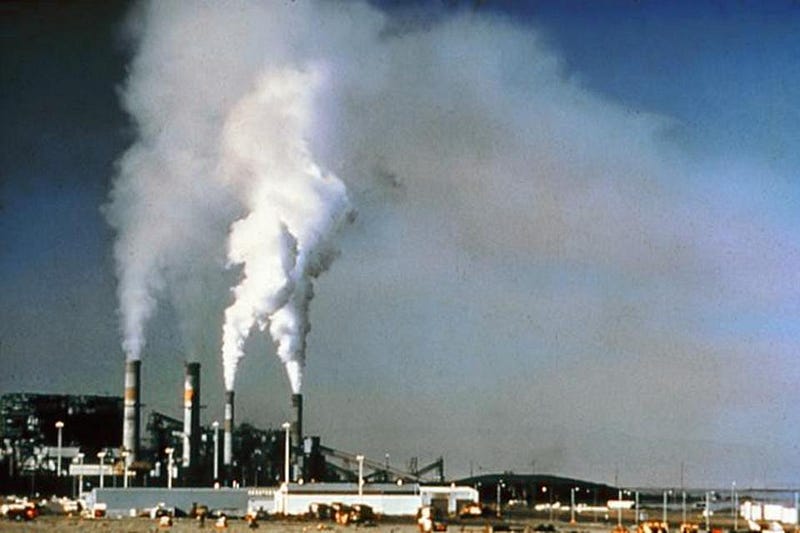
The first cooling period is due to the large presence of sulphate aerosols, which originated from a combination of industrial pollutants released into the atmosphere and natural volcanic emissions. These molecules reflected significant amounts of sunlight away from the Earth, causing a cooling effect; once air quality improved, the effects of warming could no longer be countered. This is also backed up by daytime temperatures (which are affected by the aerosols) and nighttime temperatures (which aren’t) during that time period. The second, more recent “hiatus” has been thoroughly discredited by NOAA, as the heat has been verified to have been absorbed by the oceans. The Earth is warming, greenhouse gases are the cause, and natural variability does not overwhelm the human-made effects.
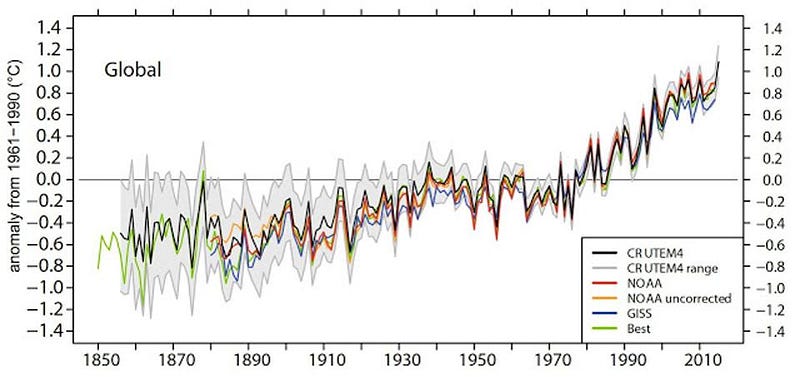
4. It’s not clear that the most widely-used climate data is accurate. According to what Heartland claims is, “A new peer-reviewed study by prominent researchers James P. Wallace III, Joseph S. D’Aleo and Craig Idso,” they cast doubt on the NASA/NOAA datasets, claiming that corrections to the data have biased it to indicate more warming than there actually is. But that is not the case at all. The facts are:
- The Wallace et al. paper is not peer reviewed, nor was it accepted for publication in any journal.
- There was an independent team that did a peer-reviewed study on the validity of this data, the Berkeley Earth Surface Temperature team, found that the analysis by NOAA, NASA and HadCRUT is scientifically robust and reproducible.
- And, most importantly, the adjustments (which even the Wallace et al. paper state need to be made), once made, actually bias you towards less warming.
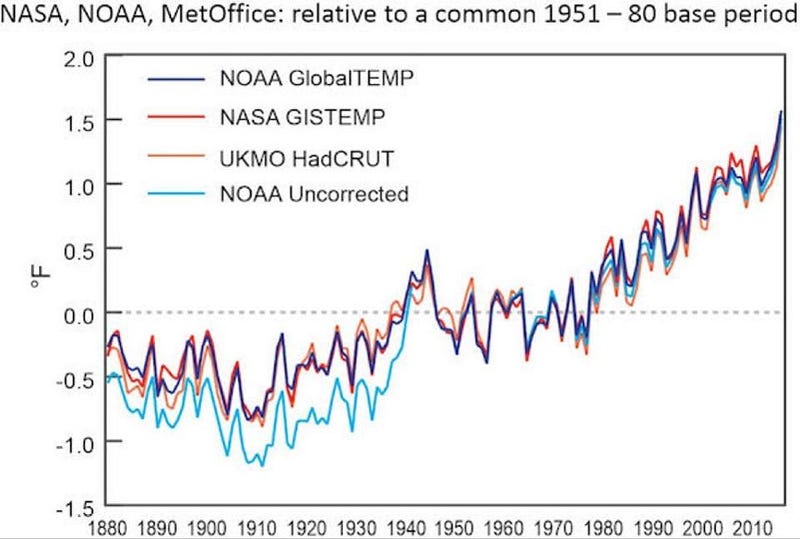
According to Snopes, who interviewed Zeke Hausfather, the lead of the BEST study, “we rank the claim that climate scientists have created global warming entirely through corrections to raw data as false. While these corrections to raw historical data have shifted over time, the cumulative effect of all corrections applied to the raw data has been to reduce apparent global warming over the industrialized period, not the other way around.”
Hausfather himself had this to say: “If scientists were actually cooking the books, we’d be cooking them in the wrong directions.”

5. A slightly warmer climate might actually be good for us. After all, the argument goes, plants like CO2, and if the Earth is warmer, then crops can grow better, and they cite the greening of part of the African desert as evidence of this. And it’s true…to a point. But if we’re talking about the people already living on Earth, there are a number of concerns that indicate that the negative impacts of warming on humanity will far outweigh the effects of increased CO2.
- Agriculture depends on a supply of steady water, and floods and droughts will disrupt that.
- The polar regions may thaw, but the soil up there is poor and that portion of the planet receives little direct sunlight.
- Fewer people will freeze to death, but more people will die from the heat.
- Disease-carrying insects like mosquitoes will thrive in warmer temperatures and carry diseases to new places, an effect we’re already seeing.
The effects of ocean acidification, rising sea levels and the severe economic consequences, among many others, show that the negative consequences of global warming for humanity will far outweigh the positives.
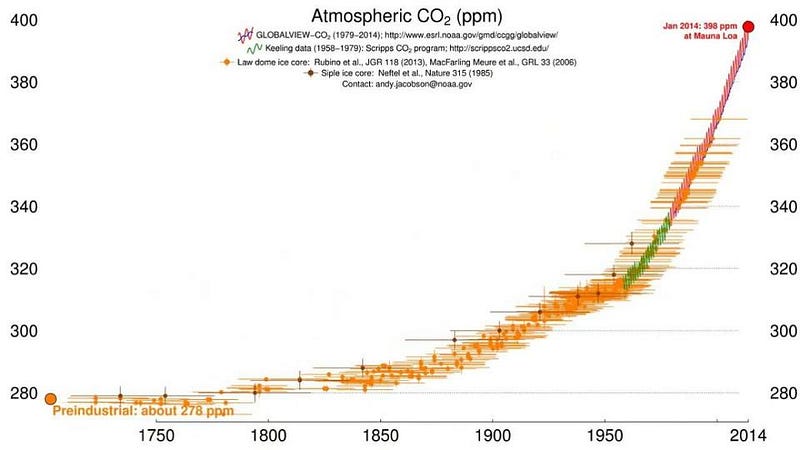
6. Finally, we’re going to develop cheap, clean energy anyway, so even if this problem is real, it will solve itself. Specifically, here’s what Heartland has to say:
Let’s assume the climate is warming because of human action and will eventually become problematic. The most serious problems are still a century or more away, even under some of the most dire, scientifically unsupported models. That means the world has at least a half-century to come up with alternate energy sources and determine once and for all whether fossil-fuels are truly causing the problem.
The biggest problem with this claim is twofold: the half-century figure disagrees with all other figures that scientists have come up with, and it isn’t sourced or linked to anywhere at all. Under current emission models, continuing to do nothing for another half century will send atmospheric CO2 levels above the 500 ppm mark, nearly double the pre-industrial level. Even what we have today, if no further emissions ever took place, is a perilous, precarious position for the Earth to be in. Since temperature rises are known to lag CO2 concentration by 50–100 years, we can expect temperature increases to continue for at least 100–150 years under Heartland’s scenario. Doing nothing for at least a half-century is akin to giving up, and runs counter to the best scientific evidence we have today.
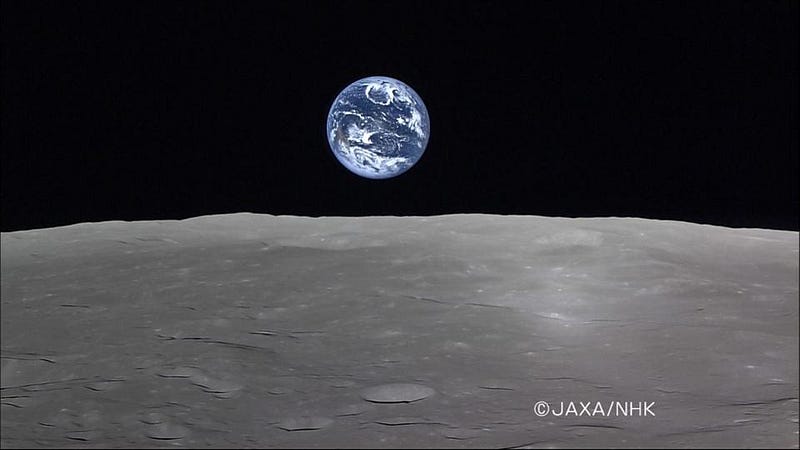
At a time where science is critical to the future of humanity, it’s important that we all agree on the facts. We may disagree on policy, on the best course of action for society or the world, or on which concern is most paramount in terms of importance. But we have to agree on the same facts as a starting point. If the only way you can make your argument for your desired policy position is to tell lies or distort what we actually know, then no amount of reasoning will change your mind. You can’t reason someone out of a position they didn’t reason themselves into. The only reason to write about validating climate skepticism is to reinforce pre-existing beliefs. That’s not science, nor is it science communication. We have to do better. We are the world, and we have to demand accurate information.
The author has reached out to Justin Haskins, Executive Editor of the Heartland Institute, over phone and email with questions about his article. He has responded, but requested not to be taken out-of-context, so the entirety of his responses will be printed in a future article.
Ethan Siegel is the author of Beyond the Galaxy and Treknology. You can pre-order his third book, currently in development: the Encyclopaedia Cosmologica.





